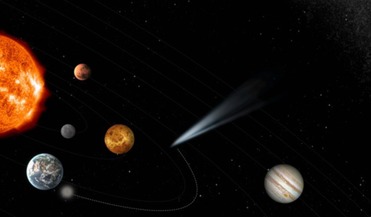 21 June 2019
ESA's new mission to intercept a comet
21 June 2019
ESA's new mission to intercept a comet
...’ refers to the implementation time, with a total development duration from selection to launch readiness of about eight years. F-class missions, which have a launch mass of less than 1000 kg, will share the ride into space with a medium...
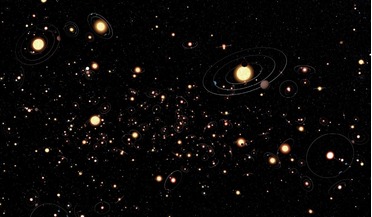 May 2018
PLATO the habitable zone explorer
May 2018
PLATO the habitable zone explorer
... our own is still one of the hardest challenges faced by researchers. Hoping to change all of that is ESA’s newest M-class mission, PLAnetary Transits and Oscillations of stars, otherwise known as PLATO, and its main objective is to search for Earth...
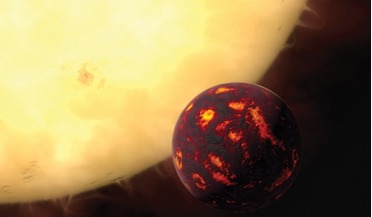 March 2017
Twinkle - a mission to unravel the story of planets in our galaxy
March 2017
Twinkle - a mission to unravel the story of planets in our galaxy
... Milky Way The team behind ARIEL had already completed an Assessment Phase study for an ESA medium class mission, the Exoplanet Characterisation Observatory (EChO). By combining the instrumentation developed for EChO with flight proven spacecraft...
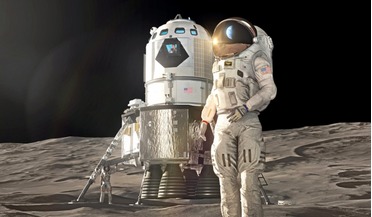 July 2019
Developing life support systems for human exploration missions beyond Earth
July 2019
Developing life support systems for human exploration missions beyond Earth
... the Gateway. The explosion of investment in smart control and diagnostic technologies today will also benefit exploration class missions. Spacecraft ECLS systems are already highly instrumented and, therefore, already have the rich information...
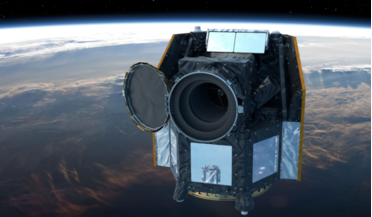 16 December 2019
Cheops, ESA's exoplanet watching telescope launches tomorrow
16 December 2019
Cheops, ESA's exoplanet watching telescope launches tomorrow
... JWST, which is edging towards a total cost of near $10 billion for the project, Cheops is a small, or S-class, mission in ESA’s science programme. S-class missions have a much shorter time from project start to launch and also much smaller budgets...
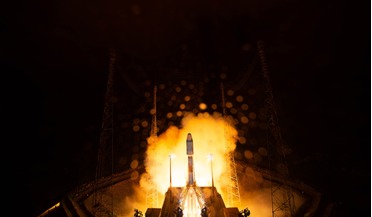 18 December 2019
After delays, ESA’s exoplanet mission launches successfully
18 December 2019
After delays, ESA’s exoplanet mission launches successfully
... Cosmic Vision 2015–25 programme, the current planning cycle for ESA's space science missions, and the first mission in the programme overall to be launched. As a Small-class mission with a relatively short time – only five years – from project start...